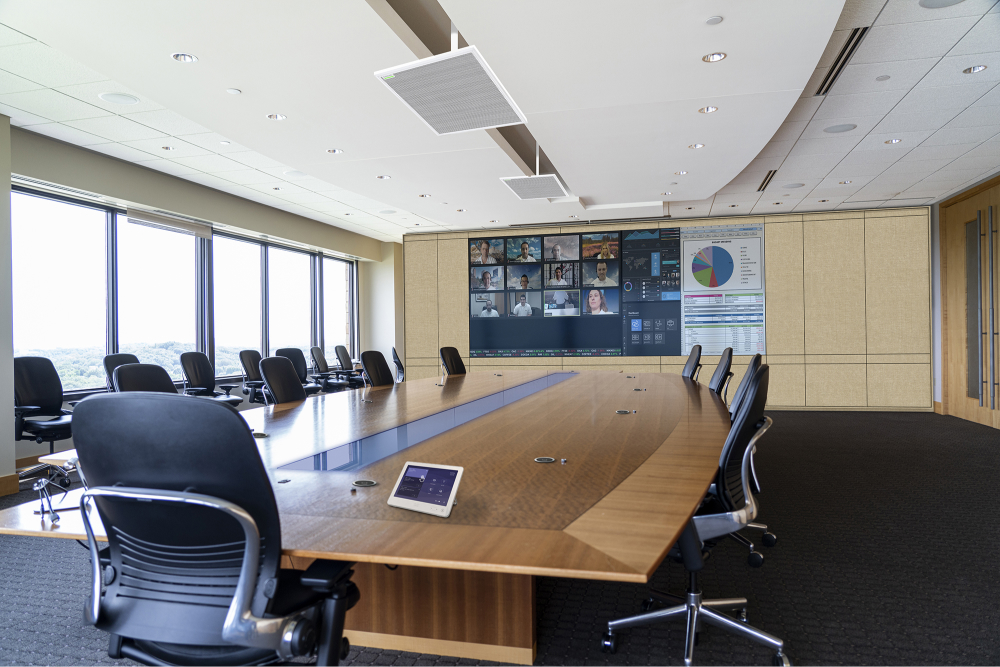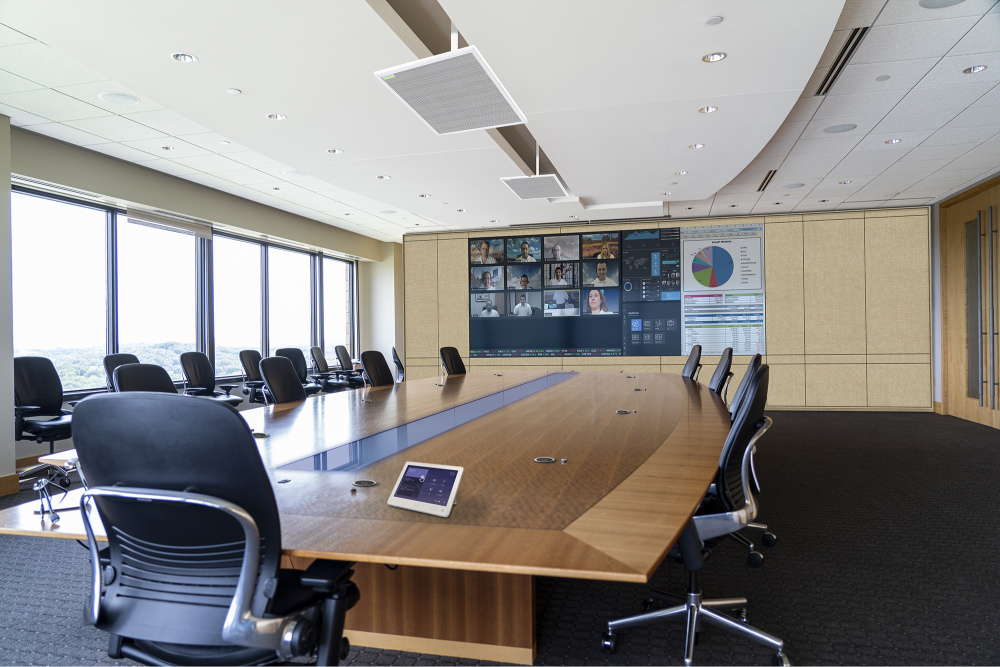Budgeting by Room Type

Room type clarity: Understand various meeting spaces and their ideal capacities.
Budgeting insights: Learn factors that influence the cost of meeting rooms.
AV technology overview: Get acquainted with essential and advanced audio-visual components.
Practical recommendations: Receive tips for selecting the right room configurations balancing cost and functionality.

Make informed decisions and estimate costs accurately.
Selecting the ideal meeting room for your business is more than just finding a space with enough chairs. It’s about aligning the room’s size, layout, and technology with your business needs and budget. A well-designed meeting room enhances communication, fosters collaboration, and leaves a lasting impression on clients.
Determining the type of room you need
Common options include Huddle Rooms, Medium Meeting Rooms, Large Conference Rooms, Board Rooms, and Training Rooms. Each room type varies in size, capacity, and functionality, which directly impacts the overall cost. Smaller rooms like huddle spaces are cost-effective and designed for quick, informal meetings, while larger rooms require more investment due to their advanced technology and upscale furnishings.
Number of users and room function
The number of people who will use the room and the type of meetings it will host are critical considerations. Smaller rooms are ideal for teams of four or fewer, while larger spaces are necessary for groups of ten or more. The function of the room—whether for informal brainstorming sessions, client presentations, or executive meetings—also dictates the level of technology and seating arrangement needed, which impacts the budget.
Functions and meeting types
Understanding the specific functions and meeting types the room will accommodate is key to selecting the right technology and layout. For instance, a training room may require flexible seating, multiple displays, and a robust AV system to handle various inputs. On the other hand, a boardroom might focus on high-quality video and audio for seamless communication with remote participants.
Audio-video system components
The AV system is the heart of any video conferencing room. Essential components include displays, cameras, microphones, speakers, and control systems. The cost of these components can vary significantly based on quality and features. For instance, a small room might only need a single display and an all-in-one soundbar, while a large boardroom might require multiple high-resolution displays, advanced camera tracking, and individual microphones for each participant.
Determining room types based on cost
Cost is a key consideration when choosing the type of video conferencing room to build. Start by setting a budget and understanding the relative costs for different room types. For example, a boardroom can cost up to 6-7 times more than a basic huddle room. Consulting with an AV expert can help you select the right configuration, ensuring you strike the perfect balance between cost and functionality, maximizing the value of your investment.
Download
Heading

Download
Budgeting by Room Type
Room type clarity: Understand various meeting spaces and their ideal capacities.
Budgeting insights: Learn factors that influence the cost of meeting rooms.
AV technology overview: Get acquainted with essential and advanced audio-visual components.
Practical recommendations: Receive tips for selecting the right room configurations balancing cost and functionality.
Final thoughts
Building a video conferencing room is an investment that requires careful planning and budgeting. By considering the type of room, AV components, cost, number of users, and meeting functions, you can create a space that enhances collaboration and communication within your organization.

